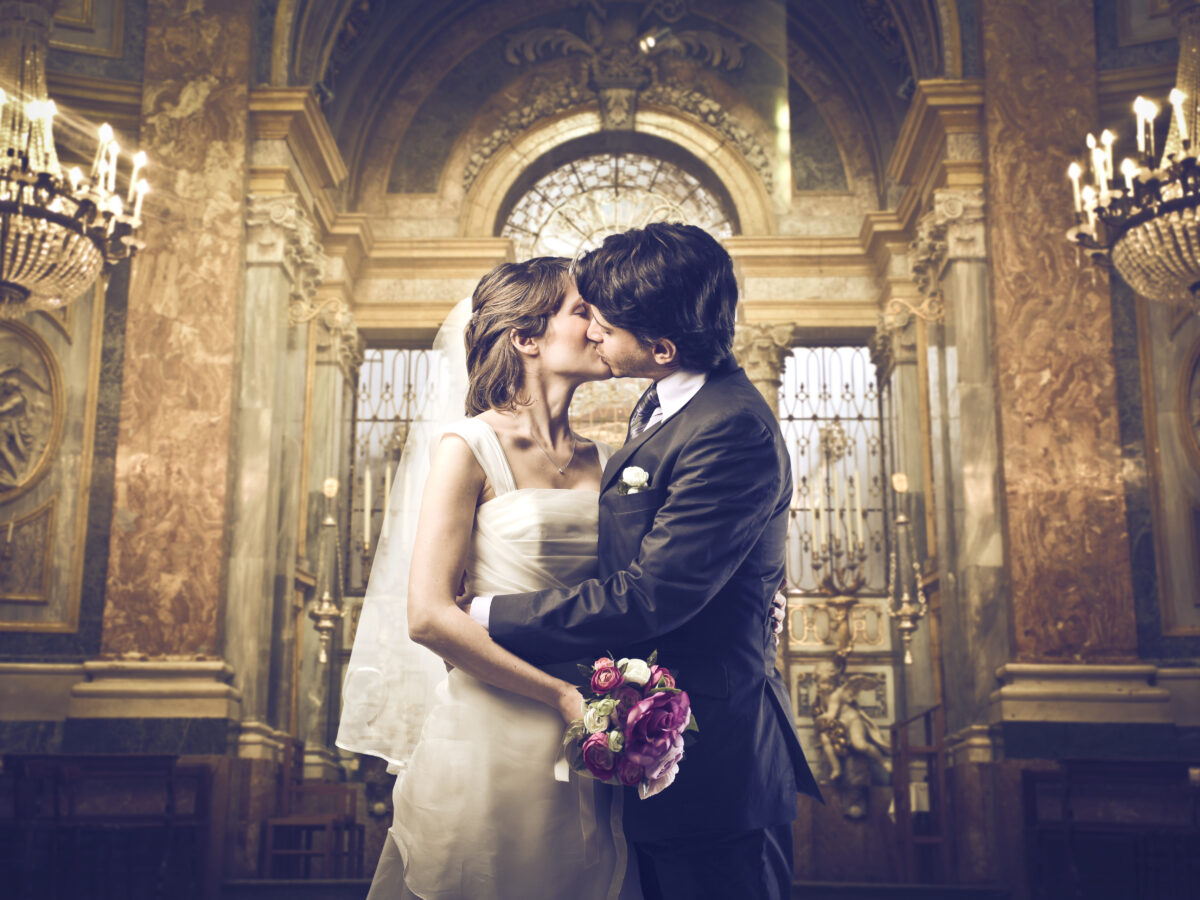Introduction
Marriage, as a societal institution, has transformed significantly in recent times, accommodating a wide array of relationship structures that challenge traditional norms. The modern era has witnessed the emergence of various types of marriages, each reflecting the diverse needs, preferences, and values of individuals seeking love, companionship, and personal fulfillment. In this article, we will explore three distinct categories of non-traditional marriage structures that have gained prominence in the modern day: alternative forms of monogamy, expanded relationship configurations, and unconventional commitments. These evolving models of matrimony redefine partnership, emphasizing personal autonomy, inclusivity, and the celebration of diverse identities and desires.
Non-Traditional Monogamy:
Within the realm of monogamy, alternative forms of commitment have gained recognition, allowing couples to redefine their relationships while maintaining the foundations of a committed partnership. Examples of non-traditional monogamous relationships include:
Expanded Relationship Configurations:
Beyond traditional monogamy, diverse relationship configurations have gained visibility, challenging the notion of partnership as a union between only two individuals. These expanded relationship structures recognize the potential for multiple loving connections and emphasize consent, communication, and ethical practices. Some examples include:
Unconventional Commitments:
Unconventional commitments challenge traditional notions of marriage by exploring alternative approaches to partnership and personal fulfillment. These commitments prioritize individual autonomy, self-discovery, and the pursuit of happiness. Examples include:
CONCLUSION
VARIOUS TYPES OF MARRIAGE
In recent years, the marriage has transformed completely and its structure directly challenges traditional norms. Various types of marriages have emerged and each marriage reflects the diverse individual needs, preferences, and values of seeking love, companionship, and personal fulfillment.
There are three distinct categories of non-traditional marriage structures which redefine partnership, emphasize personal autonomy, and celebrate diverse identities and desires. The first category is non-traditional monogamy which involves open marriage and companionship marriage. The second category is expanded relationship configurations in which polyamorous marriage and same-sex polygamous marriage come. The third category is unconventional commitments that include solo marriage and temporary marriage.
Related Articles:
Building Bridges of Communication in Marriage: A Comprehensive Guide
Unveiling the Path of True Love – Nurturing & Recognizing
How do I know if I am deeply in love with a person or if it is just an attachment
Navigating the Depth of Love – Decoding the Signs of True Affection
A Comprehensive Guide to Rebuilding Trust, Emotional Intimacy, and Saving Your Relationship




